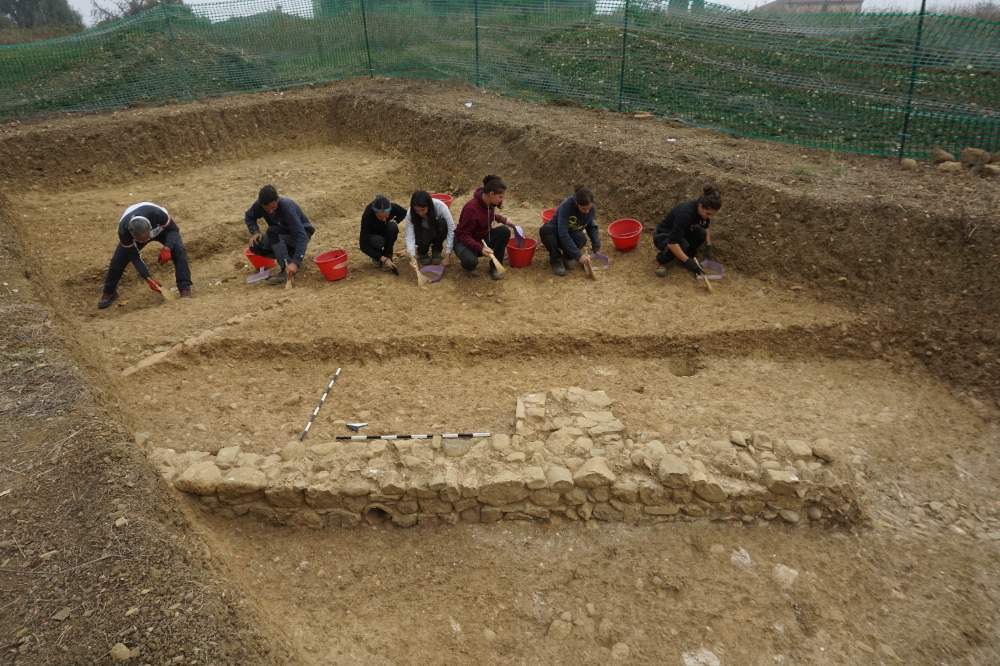Siena, large Roman villa in Pieve a Bozzone, on the outskirts of the city, resurfaces
Important discovery near Siena, at the site of Pieve a Bozzone where theUniversity of Siena is conducting an archaeological excavation: the first campaign of archaeological excavations ended a few days ago, and at the site, a few kilometers from the center of Siena, near the parish church of San Giovanni Battista, the entire Roman villa of the locality of Campo all’Oro whose vestiges were unearthed in the late 19th century by Sienese Count Pietro Piccolomini Clementini, who discovered a large Roman villa dated between the 1st and 4th centuries AD.C., complete with mosaics, paintings, baths, marble and columns.
Some of these materials are now on display in the Santa Maria della Scala Museum Complex in Siena, including some large terracotta containers (doli) that were used to store foodstuffs, such as oil and wine.
After these initial excavations, the villa was buried again and the land cultivated with vineyards and wheat. The Roman structures remained invisible for more than 120 years until the research that the Department of Historical Sciences and Cultural Heritage of the University of Siena has recently begun in collaboration with the Soprintendenza Archeologia Belle Arti e Paesaggio for the provinces of Siena Grosseto, and Arezzo.
“The new project,” comments Soprintendenza archaeology official Maria Gabriella Carpentiero, "represents a great opportunity to relaunch archaeological studies on Roman Siena and its territory, about which little is still known.
“But it is not only about that,” add Professor Stefano Camporeale, project director, and Dr. Luca Passalacqua, excavation coordinator, “because the excavation is also an open-air laboratory where students learn the craft of archaeology and new technologies applied to field research, the kind of knowledge for which the University of Siena is known in Italy and around the world. Some powerful structures already seen by Piccolomini have resurfaced in the new excavations, and this gives us a way to plan future research. This could be an important excavation, not only because it is the main archaeological deposit of the City of Siena outside the city, but also because here, in a site within easy reach, new generations of Sienese archaeologists will be able to train, also thanks to the activation of the new School of Specialization in Archaeological Heritage in Siena. In this place students, School students, faculty and research technicians will meet, united in the intent to bring to light an important heritage and return it to the civic and university community.”
“It is important to remember,” Professor Camporeale concludes, “that the project was authorized by ministerial concession, is financially supported by the Municipality of Siena and is being carried out thanks to a close collaboration between the Municipality, the Superintendency and the University of Siena. Finally, our special thanks go to the owner of the land, Fabio Nepi, and Barbara Nepi, who have supported and welcomed us with great enthusiasm and interest.”
 |
| Siena, large Roman villa in Pieve a Bozzone, on the outskirts of the city, resurfaces |
Warning: the translation into English of the original Italian article was created using automatic tools. We undertake to review all articles, but we do not guarantee the total absence of inaccuracies in the translation due to the program. You can find the original by clicking on the ITA button. If you find any mistake,please contact us.





























